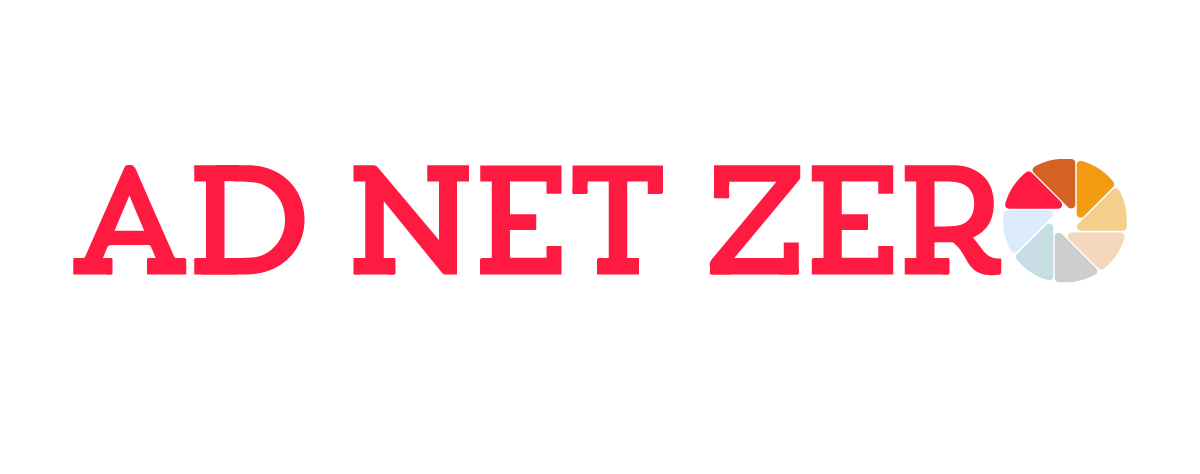

Best of both worlds: Reducing carbon emissions of online video campaigns while maintaining effectiveness
Zenith Global and Zenith France
With Net Zero ambitions by 2050, Nestlé must act decisively and immediately across all business functions. Nestlé briefed Zenith to investigate carbon reduction in media without affecting media and brand KPI’s.
Online Video, a key Nestlé channel, has the same environmental impact as the Automotive industry (8% of global greenhouse gasses by 2025).
Zenith and Nestlé collaborated, seeking the balance between effective online video plans and carbon emissions.
The devil hides in the detail so we looked closely…
Online video ads’ energy consumption changes depending on which day ads are served, the device’s connection, sound quality and video compression rates. We built this knowledge into planning and defined tests, controls and scenarios for creative and serving ads.
Brands need strong support, so we tracked the reduced energy activations’ impact on brand equity KPI’s (ad recall and brand image.)
To find some astonishing results…
Energy-reducing strategies reduced carbon emissions of our campaign by -47%, the equivalent of 165 air miles (220kg Co2eq). Our “best of both worlds” approach delivered equivalent reach and impact on brand measures, and proved small changes’ disproportionate effect on the environment.
For the first time, media boasted about reducing impact…but not for our brands.
And become the leader.
The approach is repeatable and applying these learnings offers huge, aggregated benefits, not just for Nestlé’s brands, but across all Publicis who issued companywide guiding principles for launching an energy efficient online video campaign.